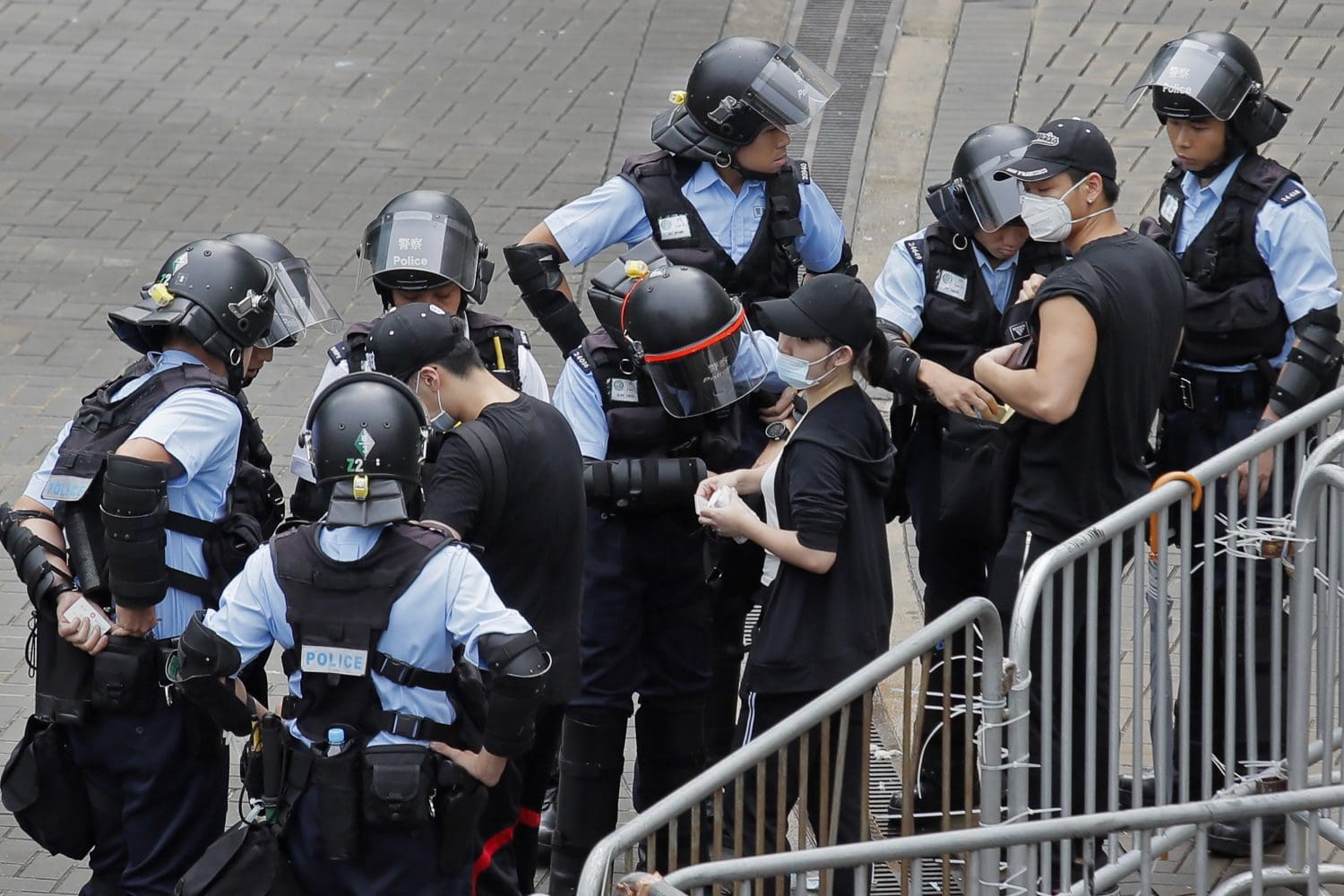Tensions between the United States and Iran have soared in recent weeks, with Washington dispatching warships and bombers around the Persian Gulf, and Tehran threatening to resume higher uranium enrichment. The Canary has regularly reported on the escalation in tensions since Donald Trump became president.
The tensions come a year after Trump withdrew from Iran’s 2015 nuclear accord with world powers and restored crippling sanctions.
Here is a timeline of recent events:
– May 5
John Bolton, the White House national security adviser and a longtime Iran hawk, announces the deployment of the USS Abraham Lincoln carrier strike group and a bomber task force in response to “a number of troubling and escalatory indications and warnings”, without providing details.
He threatens “unrelenting force” in response to any attack.
– May 8
Iran vows to enrich its uranium stockpile closer to weapons-grade levels starting July 7 if world powers fail to negotiate new terms for its nuclear deal.
The US responds by imposing sanctions on Iran’s metals industry.
– May 9
The European Union urges Iran to respect the nuclear deal and says it plans to continue trading with the country despite US sanctions.
Trump says he would like Iran’s leaders to “call me”.
– May 10
The US says it will move a Patriot missile battery into the Middle East to counter ‘threats’ from Iran.
– May 12
The United Arab Emirates says four commercial ships off its eastern coast “were subjected to sabotage operations”, just hours after Iranian and Lebanese media outlets air false reports of explosions at a nearby Emirati port.
– May 13
European foreign ministers urge the United States and Iran to show restraint, while US secretary of state Mike Pompeo briefs his counterparts on the alleged threats from Iran.
Trump warns that if Tehran does “anything” in the form of an attack “they will suffer greatly.”
– May 14
Yemen’s Iran-aligned Houthi rebels launch a drone attack on Saudi Arabia, striking a major oil pipeline and taking it out of service.
The New York Times reports the White House is reviewing military plans that could result in sending 120,000 US troops to the Middle East if Iran attacks American forces or steps up work on nuclear weapons. Mr Trump says it’s “fake news”, but that he would “absolutely” be willing to send troops if necessary.
Iran’s Supreme Leader Ayatollah Ali Khamenei says “no one is seeking war,” but that it wouldn’t be difficult for Iran to enrich uranium to weapons-grade levels.
A senior military officer in the US-backed coalition fighting Daesh (Isis/Isil) says “there’s been no increased threat from Iranian-backed forces in Iraq and Syria”. In a rare public rebuttal, US Central Command says his remarks “run counter to the identified credible threats”.
– May 15
The US Embassy in Baghdad orders all non-essential government staff to leave Iraq immediately.
The Netherlands and Germany say they are suspending their training of Iraqi forces.
– May 16
Saudi Arabia blames Iran for the drone attack on its pipeline and an English-language newspaper close to the palace calls for the US to launch “surgical” strikes in retaliation.
Trump says he hopes the US is not on a path to war with Iran amid fears that his two most hawkish advisers could be angling for a conflict with the Islamic Republic. Asked if the US was going to war with Iran, the president replied, “I hope not” — a day after he tweeting “I’m sure that Iran will want to talk soon.”
– May 19
A rocket lands near the US Embassy in Baghdad, without harming anyone.
– May 20
Semi-official media in Iran report that it has quadrupled its production of low-enriched uranium, which is used for civilian applications but not nuclear weapons.
Iran is allowed to enrich uranium to the low level of 3.67%, but increased production could lead it to exceed the stockpile limits in the nuclear deal.
– May 24
Trump says the US will bolster its military presence in the Middle East with an additional 1,500 troops. He says the troops will have a “mostly protective” role.
– May 31 and June 1
Saudi Arabia’s King Salman hosts three high-level summits in Mecca, drawing heads of state from across the Middle East and Muslim countries to present a unified Muslim and Arab position on Iran. He calls on the international community to use all means to confront Iran.
The Saudi-led war on Yemen, which the UN has called “the world’s worst humanitarian crisis”, continues unabated. Since 2015, it has killed over 60,000 people. In 2018, eight million people were on “the brink of famine”. The UN warned this may rise to over 12 million.
– June 4
The Canary quotes Andrew Smith from Campaign Against Arms Trade (CAAT) as saying:
For decades now, successive US governments have talked about freedom and democracy while arming and supporting human rights abusing regimes around the world. US and UK arms sales have fueled and enabled the devastating war in Yemen, which has created the worst humanitarian crisis in the world… The US has a long history of appalling interventionism and wars. These conflicts have done terrible damage and killed thousands of people. What is needed is caution, deescalation and diplomacy, not threats of military strength from the world’s only superpower.
– June 12
Saudi Arabia says 26 people were wounded in an attack by Yemen’s Houthi rebels targeting an airport in kingdom’s southwestern town of Abha.
– June 13
Two oil tankers near the strategic Strait of Hormuz were reportedly attacked in an assault that left one ablaze and adrift as 44 sailors were evacuated from both vessels and the US Navy rushed to assist.

















